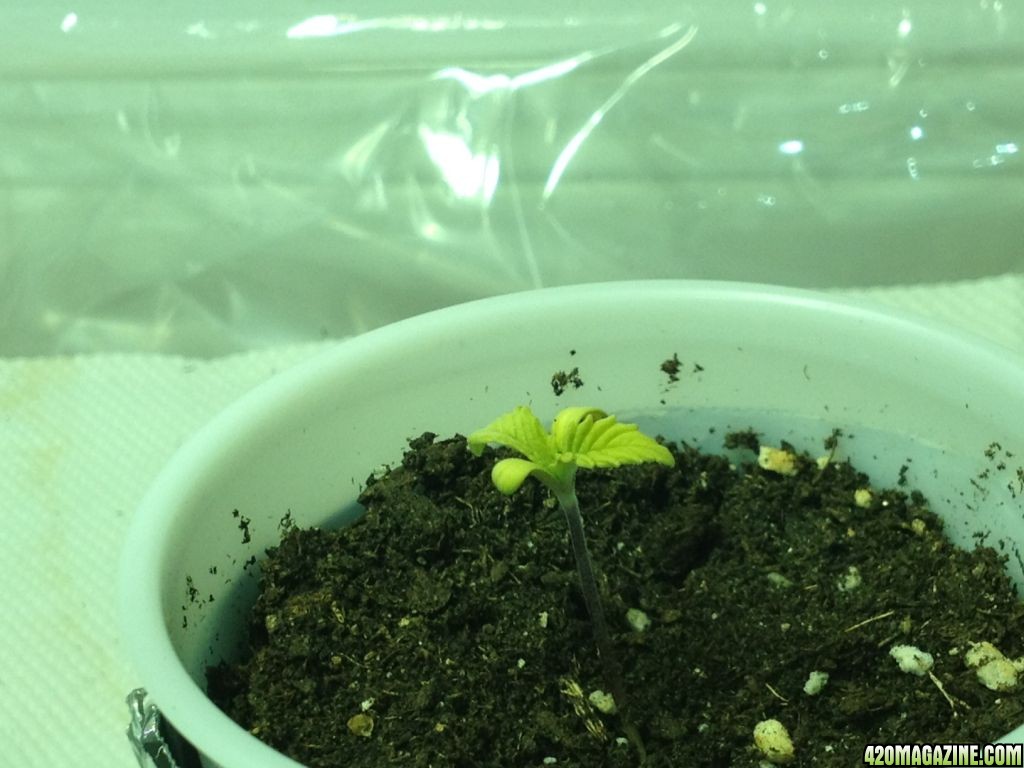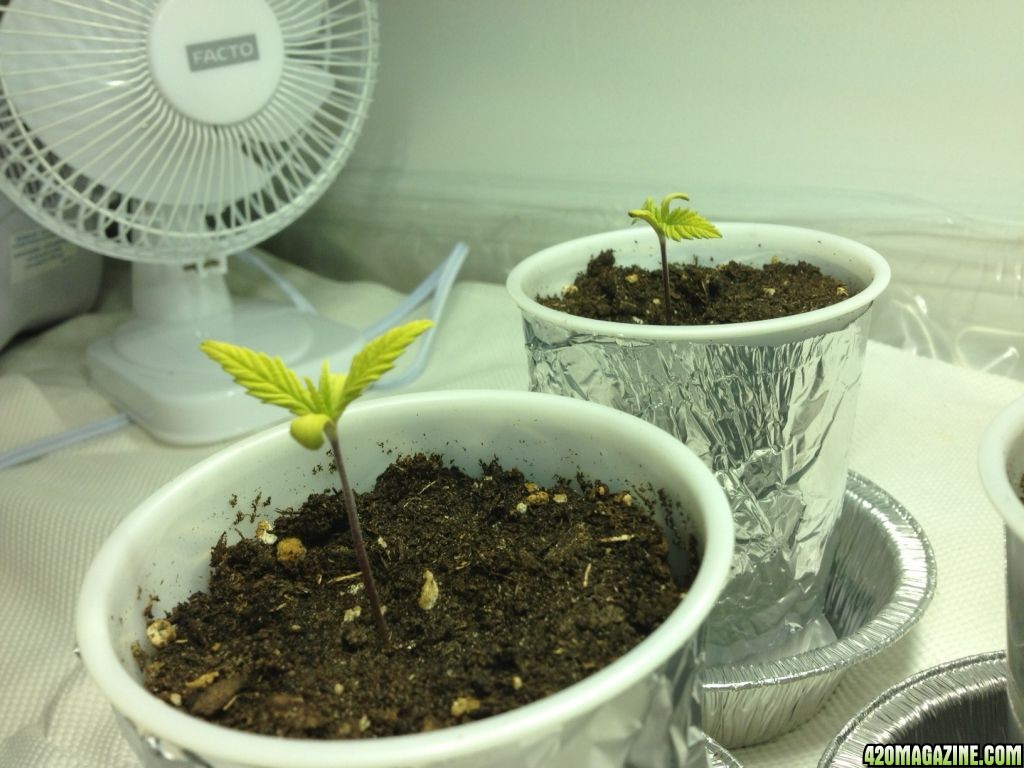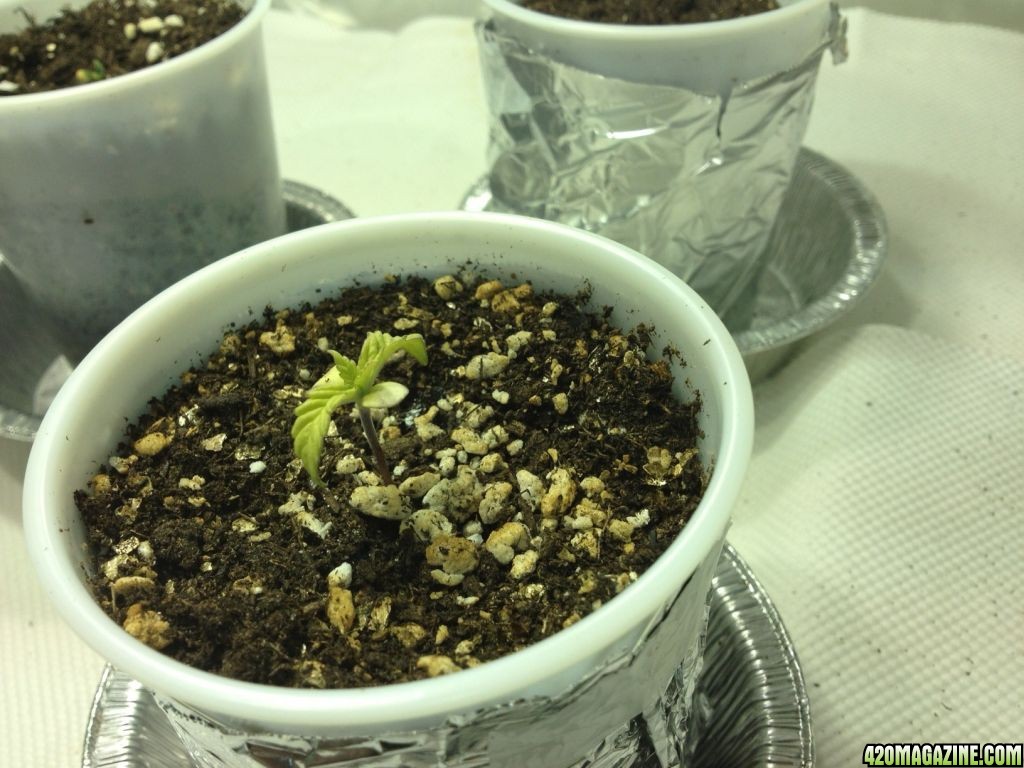speedyp
New Member
Hey Guys I would just like some input from people that are a bit more experienced than I am. I am happy to be part of this community and looking forward to your feedback !!!
It is my first time growing indoor and I am growing 4 plants of black russian (AK x blackberry)
seeds started to germinate Nov 29th in wet paper towel. I planted the germinated seeds on dec 01 and my seedlings popped out Dec 03 so they are now 9 days old.
I chose this strain because it seemed out of the ordinary with the possible purple colour and also because of the reliability of the AK strain.
here are a few stats about my grow environment
- 18/6 under 400W MH 12'' away
- closet grow ( 2x5x8)
- all surface painted flat white
- using a cool mist humidifier
- 6" fan on plants and light (low setting)
- tower fan for air exchange
- daily min is 64f , daily max is 80-81
- humidity between 50-60%
- planted in MG soil for seedlings (no nutes)



So I have a few questions ...
1) do they look healthy ?
2) do they seem to be at the stage/size they should be ?
3) in the first pic does the leafs seem to be drooping a little or is it just me ?
Any comment or input appreciated , thanks !
I look forward to keeping this thread updated
It is my first time growing indoor and I am growing 4 plants of black russian (AK x blackberry)
seeds started to germinate Nov 29th in wet paper towel. I planted the germinated seeds on dec 01 and my seedlings popped out Dec 03 so they are now 9 days old.
I chose this strain because it seemed out of the ordinary with the possible purple colour and also because of the reliability of the AK strain.
here are a few stats about my grow environment
- 18/6 under 400W MH 12'' away
- closet grow ( 2x5x8)
- all surface painted flat white
- using a cool mist humidifier
- 6" fan on plants and light (low setting)
- tower fan for air exchange
- daily min is 64f , daily max is 80-81
- humidity between 50-60%
- planted in MG soil for seedlings (no nutes)
So I have a few questions ...
1) do they look healthy ?
2) do they seem to be at the stage/size they should be ?
3) in the first pic does the leafs seem to be drooping a little or is it just me ?
Any comment or input appreciated , thanks !
I look forward to keeping this thread updated


